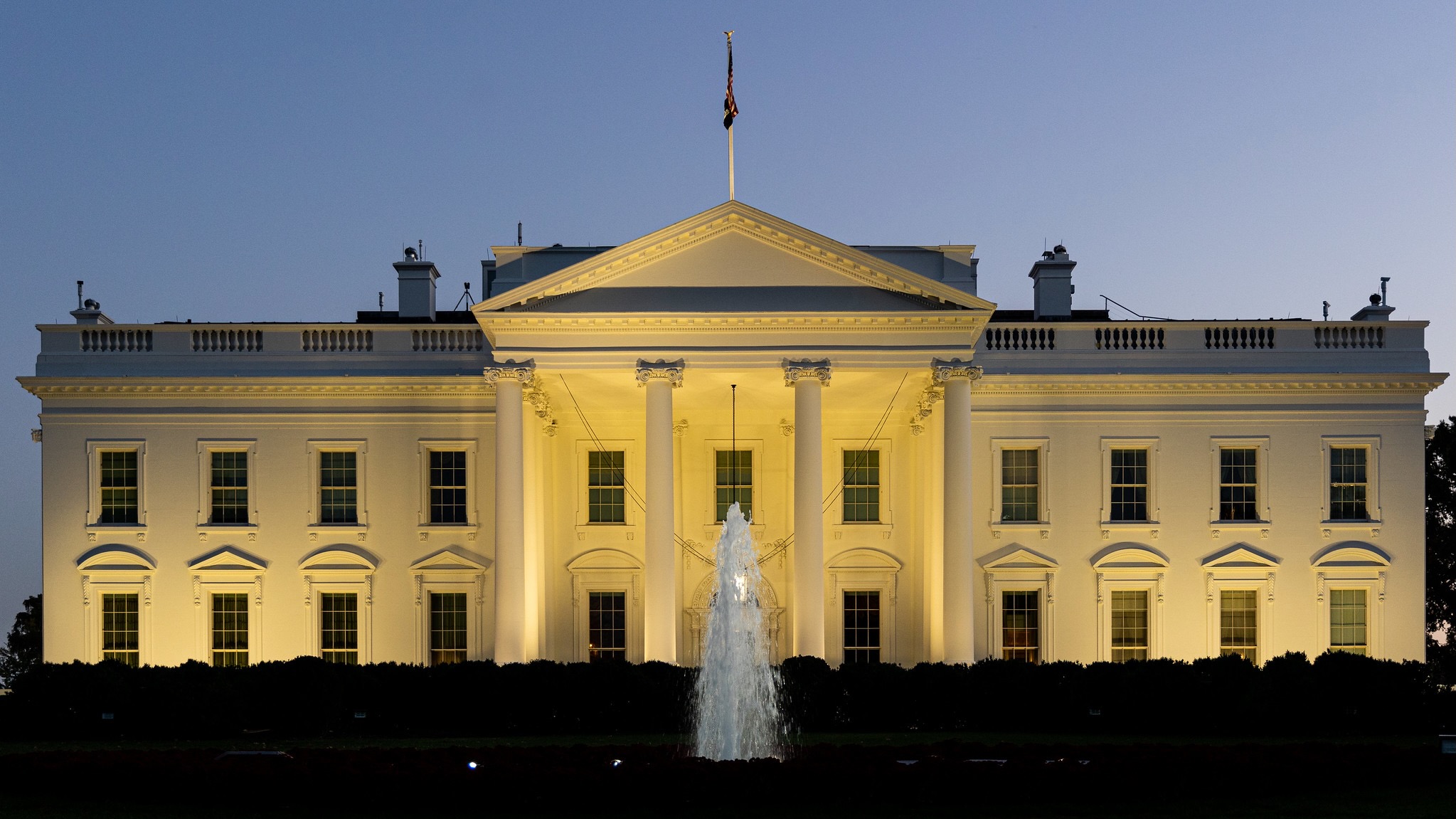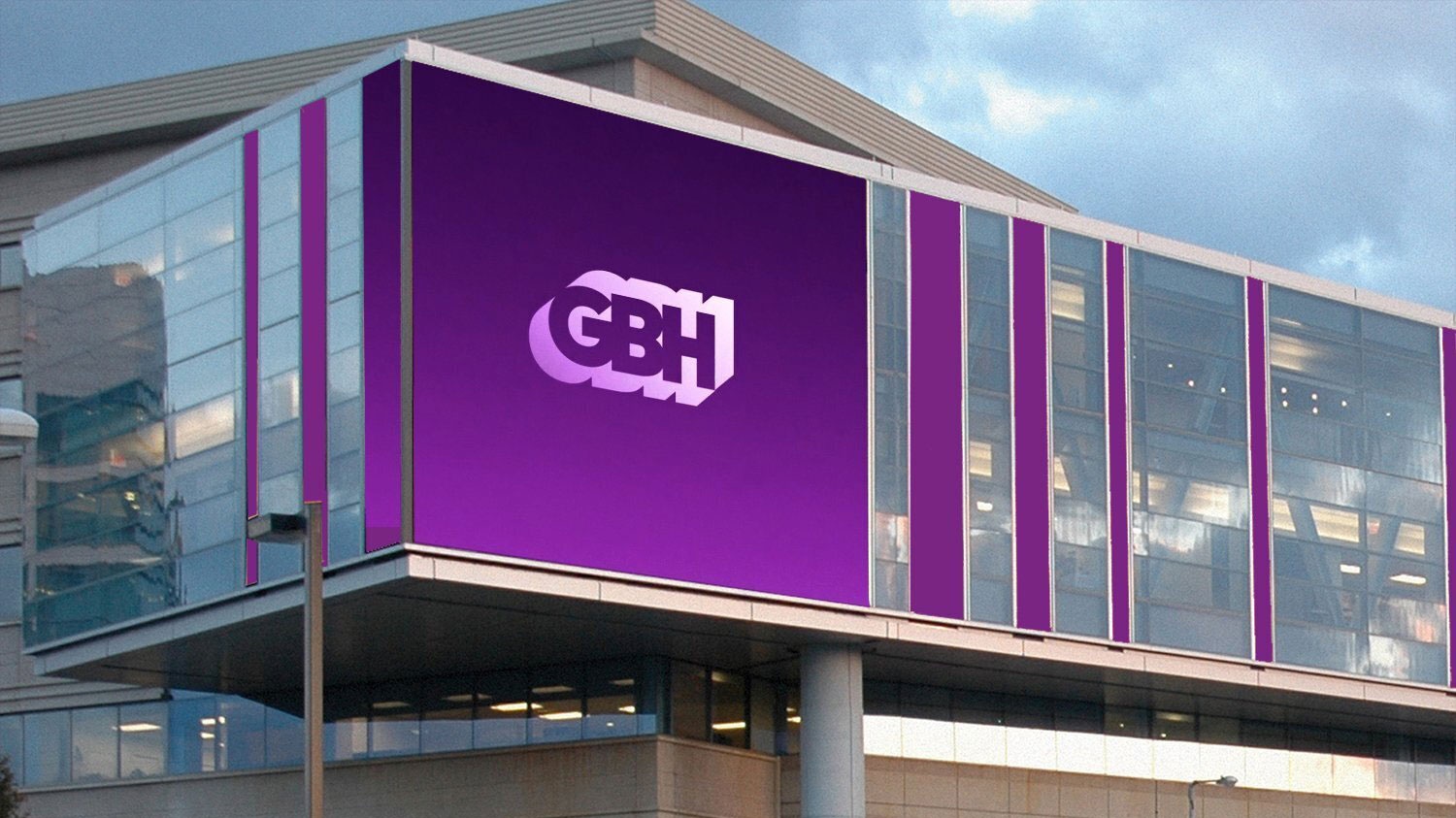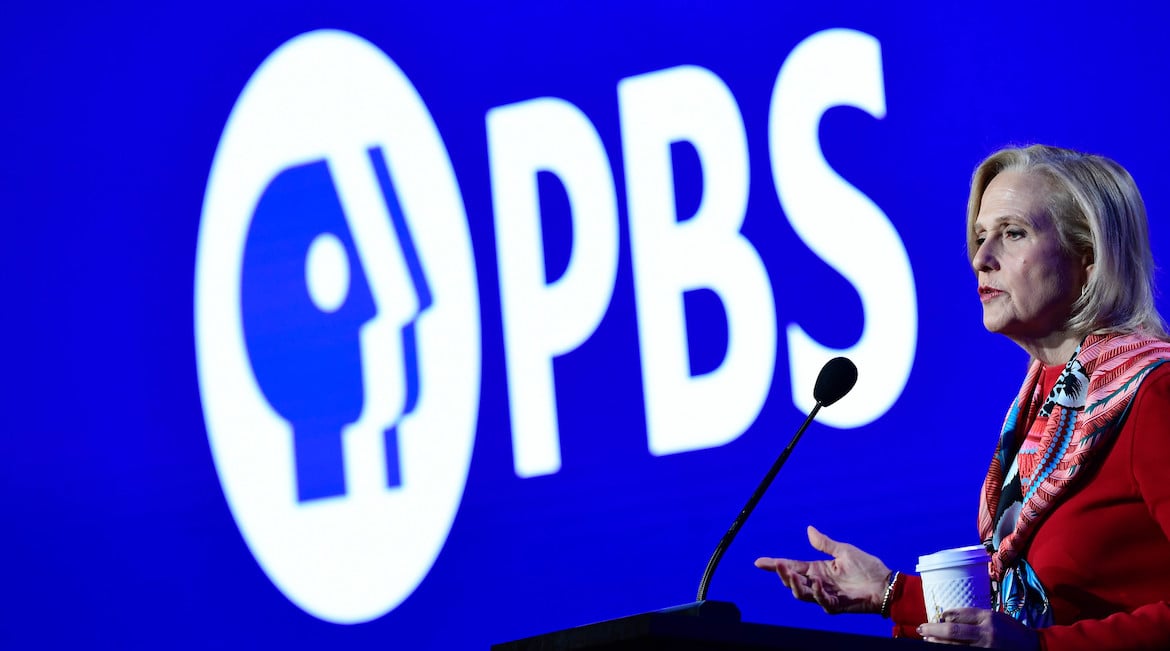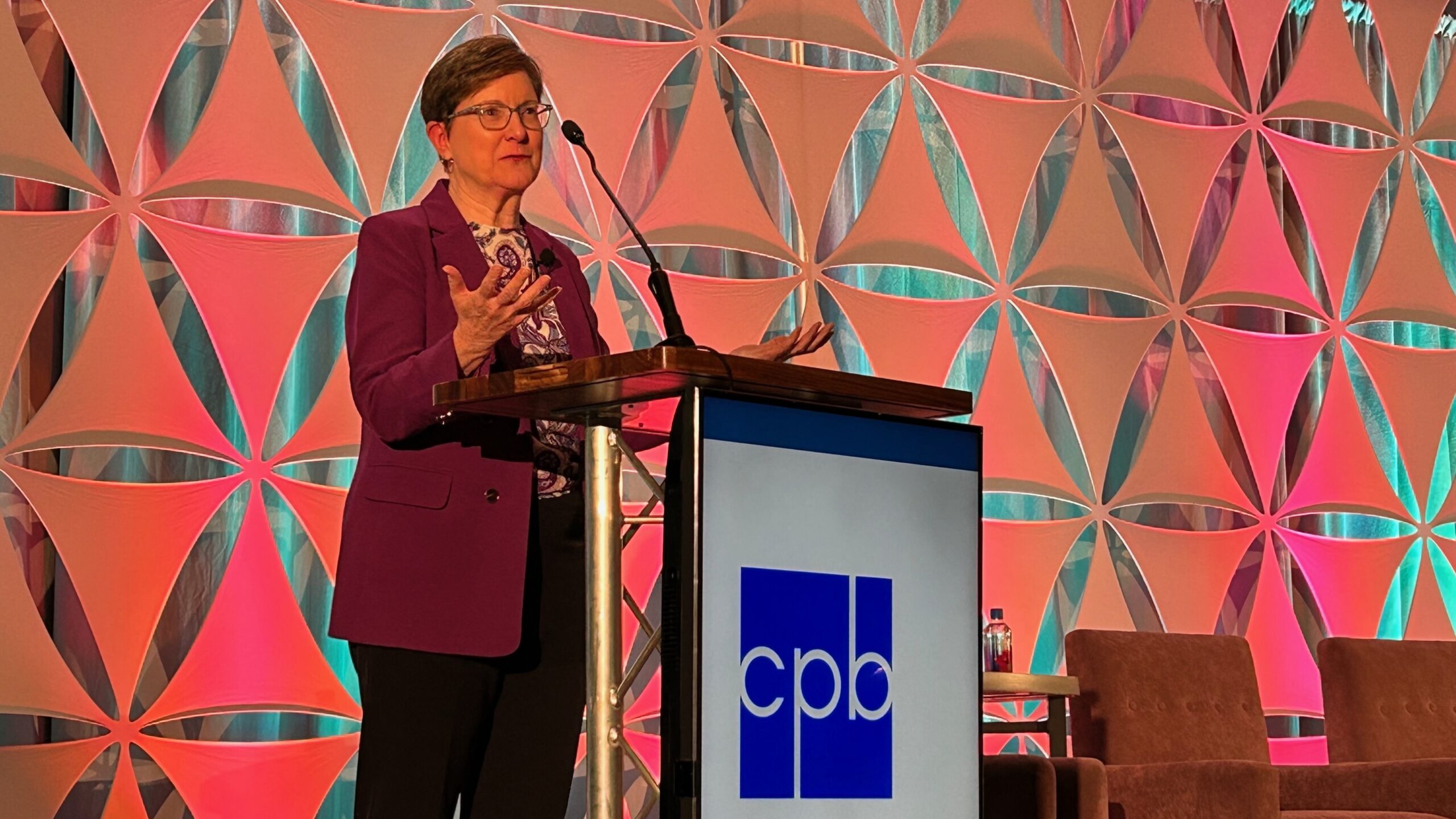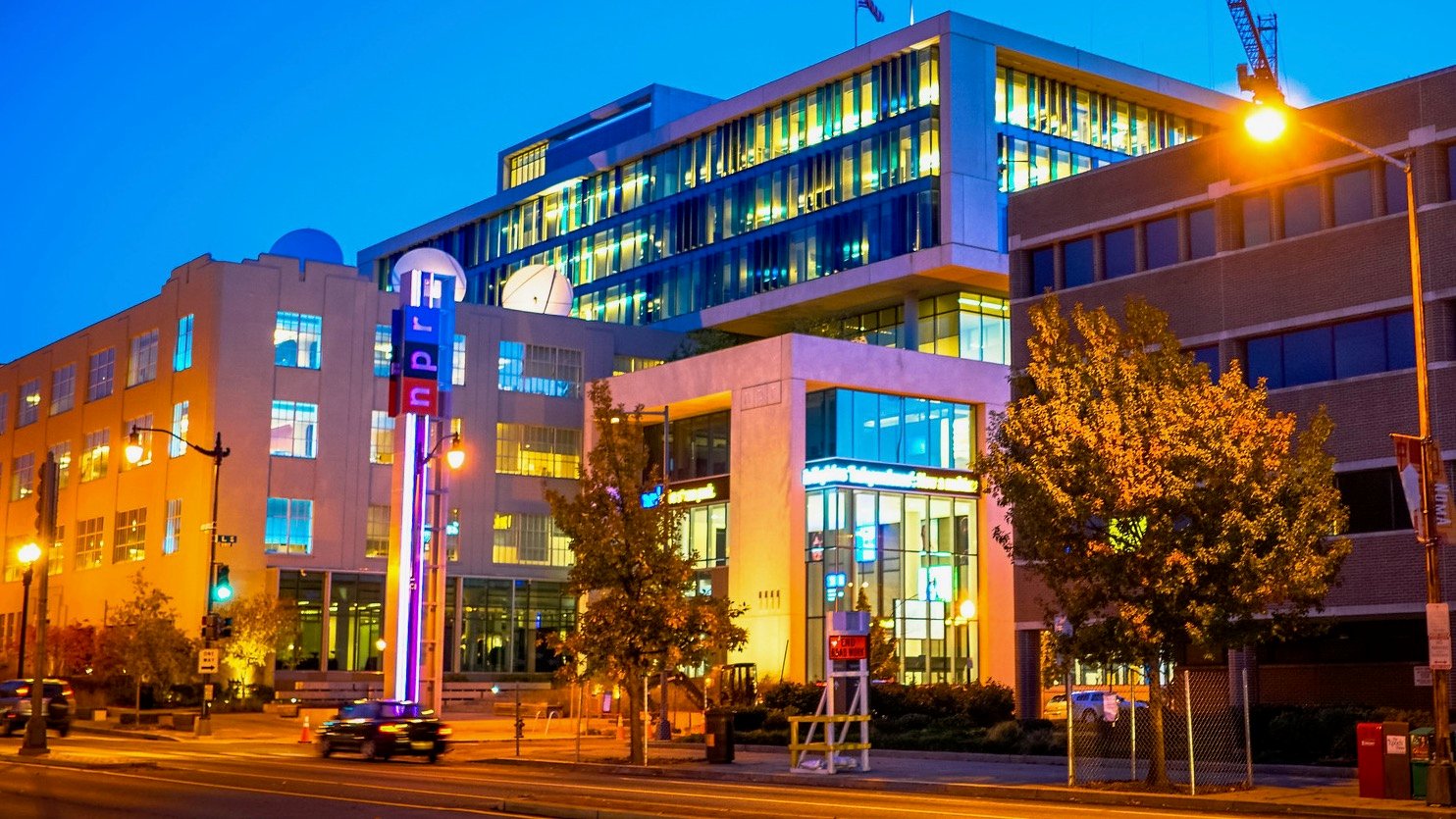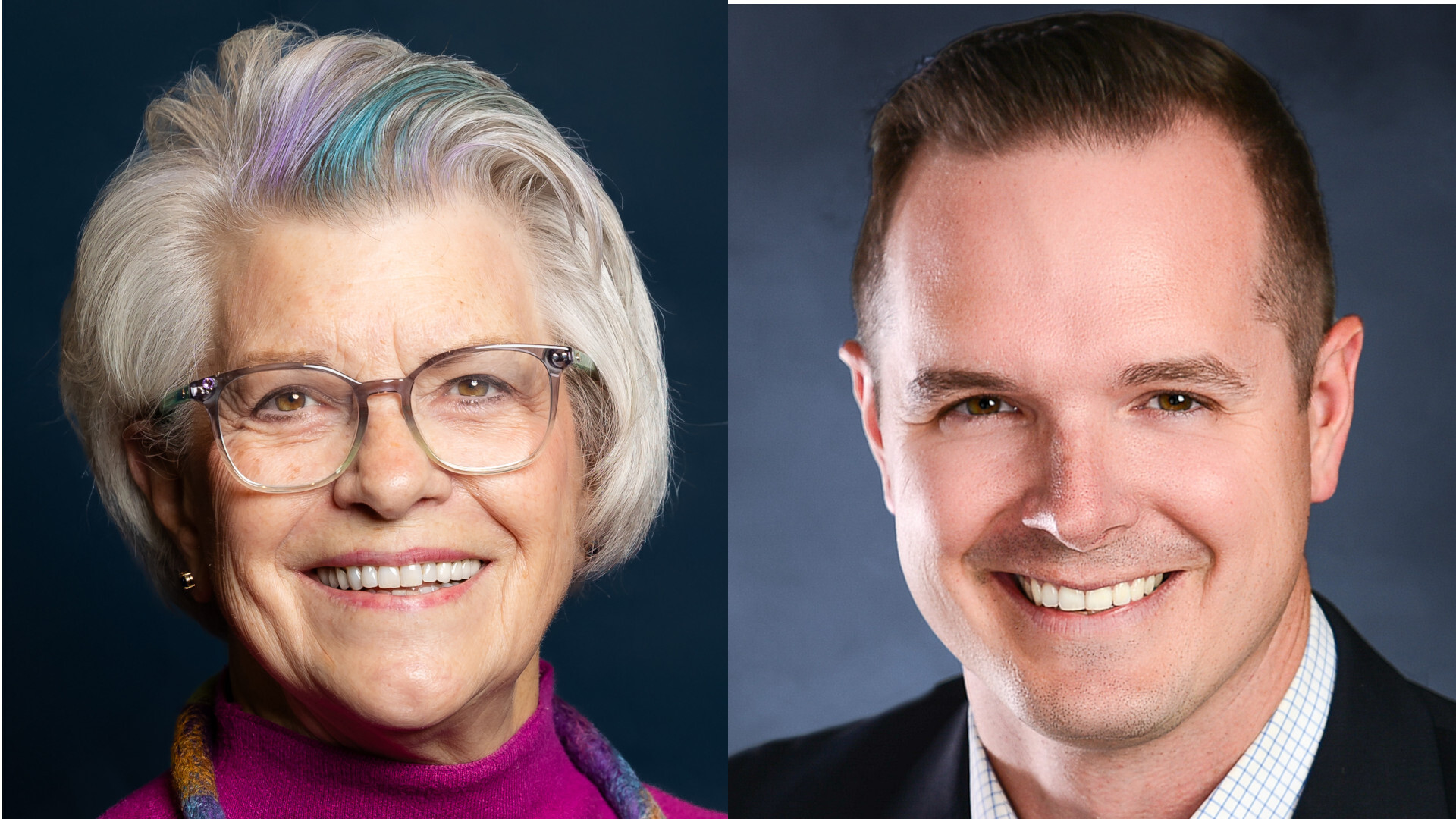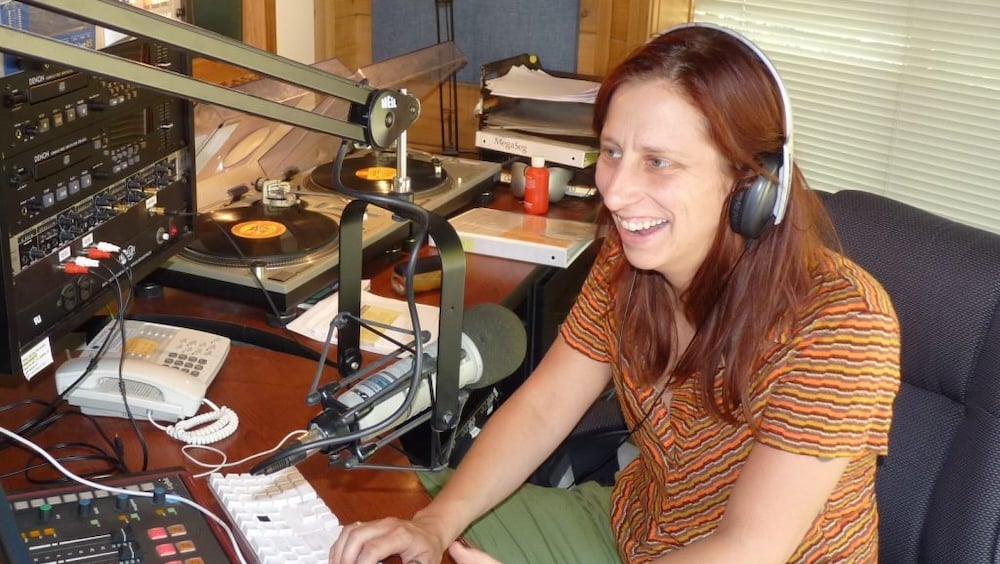System/Policy
White House seeks to rescind $1.1 billion in CPB funding
President Trump sent a rescission package to Congress Tuesday that includes FY26 and FY27 funding for CPB.GBH layoffs hit 45 staffers less than a month after World cuts
CEO Susan Goldberg attributed the layoffs in part to concerns surrounding federal funding.PBS, Lakeland PBS sue over Trump’s executive order
The lawsuit argues that the executive order goes against the Public Broadcasting Act and the First Amendment.Why public broadcasting needs a win in the court of public opinion, too
There has yet to emerge clear, concise messaging that reflects the values at stake in the fight for public broadcasting.CPB’s Merritt: ‘Let’s stay in this fight together, and let’s prevail’
Speaking at the Public Media Business Association Conference, CPB's COO also said that FEMA has again cut off access to Next Generation ...CPB analysis shows overall growth in station revenue despite drop for radio
“It seems like we are kind of over that pandemic hump as we look at things kind of evening out again,” said ...NPR, Colorado stations sue over executive order targeting network funding
The lawsuit argues President Trump’s executive order violates the Public Broadcasting Act and the First Amendment.‘We can’t dally’: How lay leaders are advocating for pubmedia amid federal funding threats
Diane Tilstra, president of the KBTC PBS Association in Tacoma, and Garrett King, board president of Friends of OETA network in Oklahoma, ...Commissioners select interim Arkansas PBS director
The Arkansas PBS Commission named Sajni Kumpuris as the public television network’s interim director during a special meeting Tuesday.PBS furloughs 25% of PBS Kids staff following Ready To Learn cuts
The job suspensions are linked to the Department of Education’s decision to terminate 2020–25 Ready To Learn grants.Sesame Workshop employees approve vote for union representation
A new bargaining unit with 107 eligible workers voted to join OPEIU Local 153.Facing Trump threat, CPB amends bylaws to protect directors from removal
Its bylaws now say no one, including the president, can remove a director without approval from at least two-thirds of the other ...How vulnerable pubcasters are handling federal funding threats
“What we are now and what we would become and how we continue to serve the community is an unknown at this ...Judge allows Christian broadcasters to bid on KDHX license and tower
The auction is scheduled for May 30.I ran a station in West Virginia. What’s happening now feels familiar
Understand the new rules, but don't accept them.


